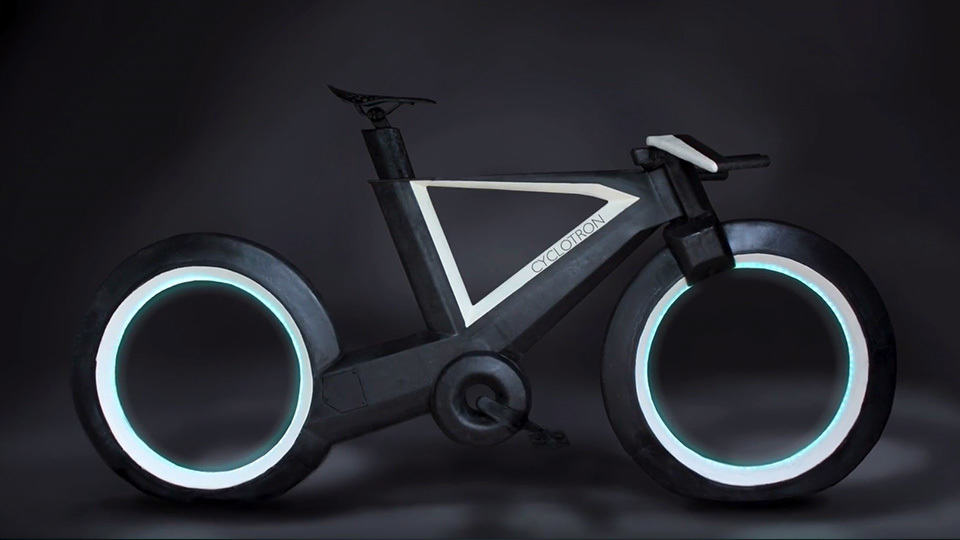Three years after investing in Hyperloop One, Virgin Hyperloop made history when it pulled off the first passengers test. It was a big deal because, for the uninitiated, the concept of Hyperloop is a train (called ‘pod’) moving through a sealed vacuum tube.

Vacuum means no friction and therefore, the pod can travel at super fast speed while remaining energy efficient, but on the flip side, it can be dangerous as any leak into the vacuum tube could tear the tube and shredding the pods and everything and everyone else inside.
Anyhoo, potential risks aside, Virgin Hyperloop has proven the system works. Virgin Hyperloop announced that, on Sunday, November 8, it had successfully tested human travel in a hyperloop for the first time.

Granted, only two person (Josh Giegel, Co-Founder and Chief Technology officer, and Sara Luchian, Director of Passenger Experience) were onboard the newly-unveiled XP-2 vehicle, and it only traveled 500 meters (0.3 mile).
The test took place at Virgin Hyperloop’s DevLoop test site in Las Vegas where the company has ran over 400 un-occupied tests.
The test pod XP-2, was designed and built specifically for the test, and comes with a pair of seats, complete with five-point harnesses. However, the harnesses are for the purpose of this maiden passengers test and it will probably not be found on the final production vehicle. The eventual vehicle will be able to accommodate up to 28 passengers.

It is worthy to note that while every technical and engineering aspects of the test and the hardware are as they would be found on the final production system, the test only managed half the pod’s top speed, at just 107 mph (172 km/h). It could have gone faster if not for the 500 meter tube.
Regardless of the top speed and tube length, the test was an exciting development because, it was, after all, the first new mode of mass transportation in over 100 years.
Images: Virgin Hyperloop.
Source: Engadget.





